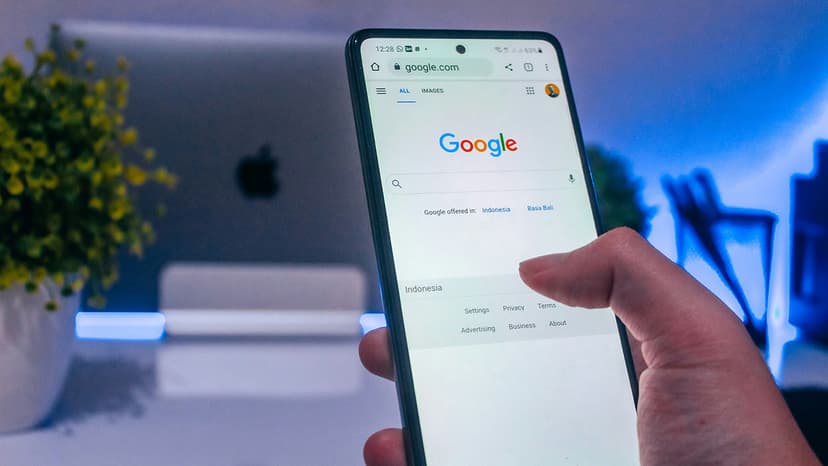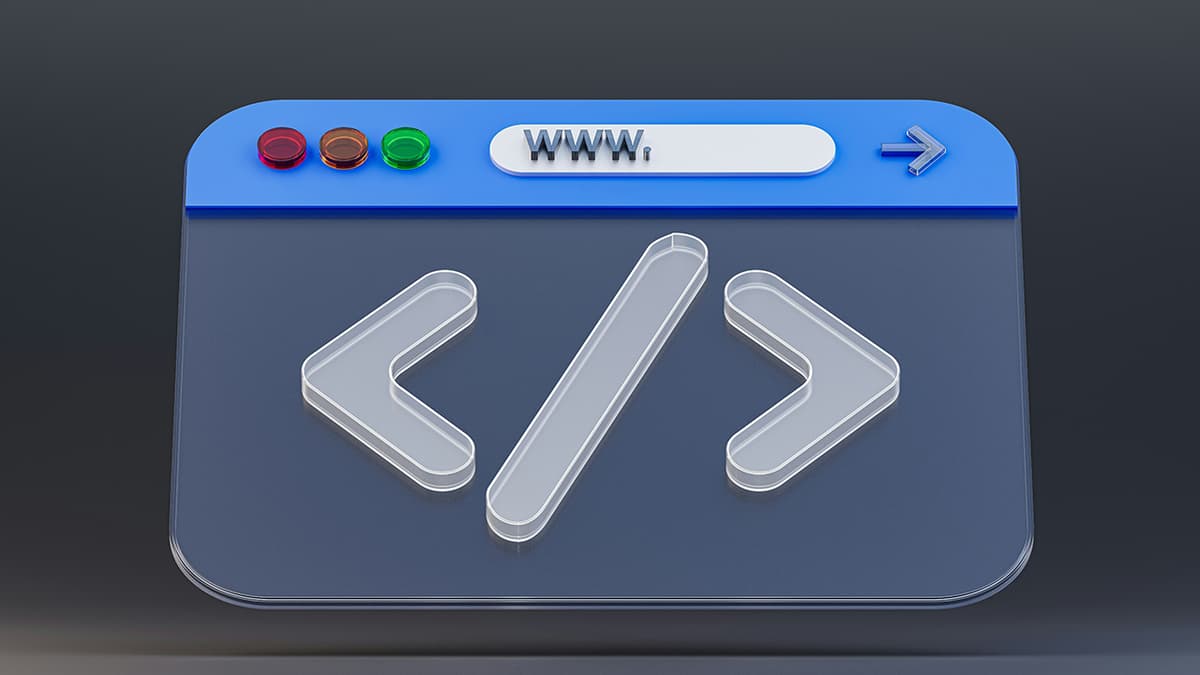Building with Web3 and Node.js
The internet is evolving, and with it, new technologies are changing how we interact with the digital world. Web3 is a term that captures this shift towards decentralization, where blockchain technology plays a crucial role. For developers looking to create decentralized applications (dApps), Node.js has emerged as an excellent choice. This article will explore the combination of Web3 and Node.js, providing insights into why they work so well together and how to get started.
What is Web3?
Web3 is often described as the third generation of the web. Unlike Web1, which was static, and Web2, which enabled user-generated content, Web3 introduces decentralized networks and smart contracts. At its heart, Web3 aims to give users more control over their data and digital identities. Blockchain technologies, such as Ethereum, enable developers to create applications that are not reliant on a central authority.
By utilizing blockchain, applications can facilitate peer-to-peer interactions without intermediaries. This model opens up new possibilities in finance, gaming, social networks, and beyond. The focus shifts from centralized servers to a network of nodes, where each participant has a say.
Why Choose Node.js?
Node.js is a JavaScript runtime built on Chrome's V8 engine. It allows developers to execute JavaScript server-side, making it an ideal tool for building dynamic network applications. Its non-blocking, event-driven architecture means it can handle multiple connections simultaneously, which is crucial in a decentralized environment where multiple users may interact with a smart contract at the same time.
Using Node.js with Web3 libraries, developers can interact with blockchain networks easily. One of the most popular libraries is Web3.js, which enables smooth communication between your application and the Ethereum blockchain. With Node.js, you can quickly set up a server that listens for events on the blockchain, making it easier to react to changes and updates in real time.
Getting Started with Web3 and Node.js
Setting up your development environment is relatively straightforward. First, you'll need Node.js installed on your machine. You can download it from the official Node.js website. Once installed, you can create a new JavaScript project.
Start by initializing your project with npm init, and then install the Web3.js library with the command npm install web3. This will allow you to interact with the Ethereum blockchain in your application.
Next, create a simple script to connect to a blockchain network. Here’s a basic example:
Javascript
In this snippet, replace 'YOUR_INFURA_KEY' with your actual Infura project key. Infura provides a free API for interacting with Ethereum, which is useful for developers who want to avoid running their own nodes.
Building a Simple dApp
Once you've set up your connection, you can start building your decentralized application. A simple use case might be to read and write data to a smart contract. You can create and deploy a smart contract using Solidity, the programming language for Ethereum contracts.
Once your contract is deployed, you can interact with it from your Node.js application. This might involve sending transactions to the contract, listening for events, or querying its state. The Web3.js library offers a rich set of functions to facilitate these interactions.
Here’s how you would send a transaction to a smart contract:
Javascript
Replace 'YOUR_CONTRACT_ADDRESS', contractABI with your deployed smart contract details, and 'YOUR_ETH_ACCOUNT' with the address from which you are sending the transaction.
Combining Web3 with Node.js opens up a world of possibilities for developers interested in building decentralized applications. With the ease of connecting to the Ethereum blockchain through Web3.js, creating point-of-sale systems, NFT marketplaces, and more has never been easier. As the Web3 movement continues to grow, there's never been a better time to dive into this exciting field. Whether you're an experienced developer or a curious beginner, the tools are available to start creating impactful decentralized applications today.












